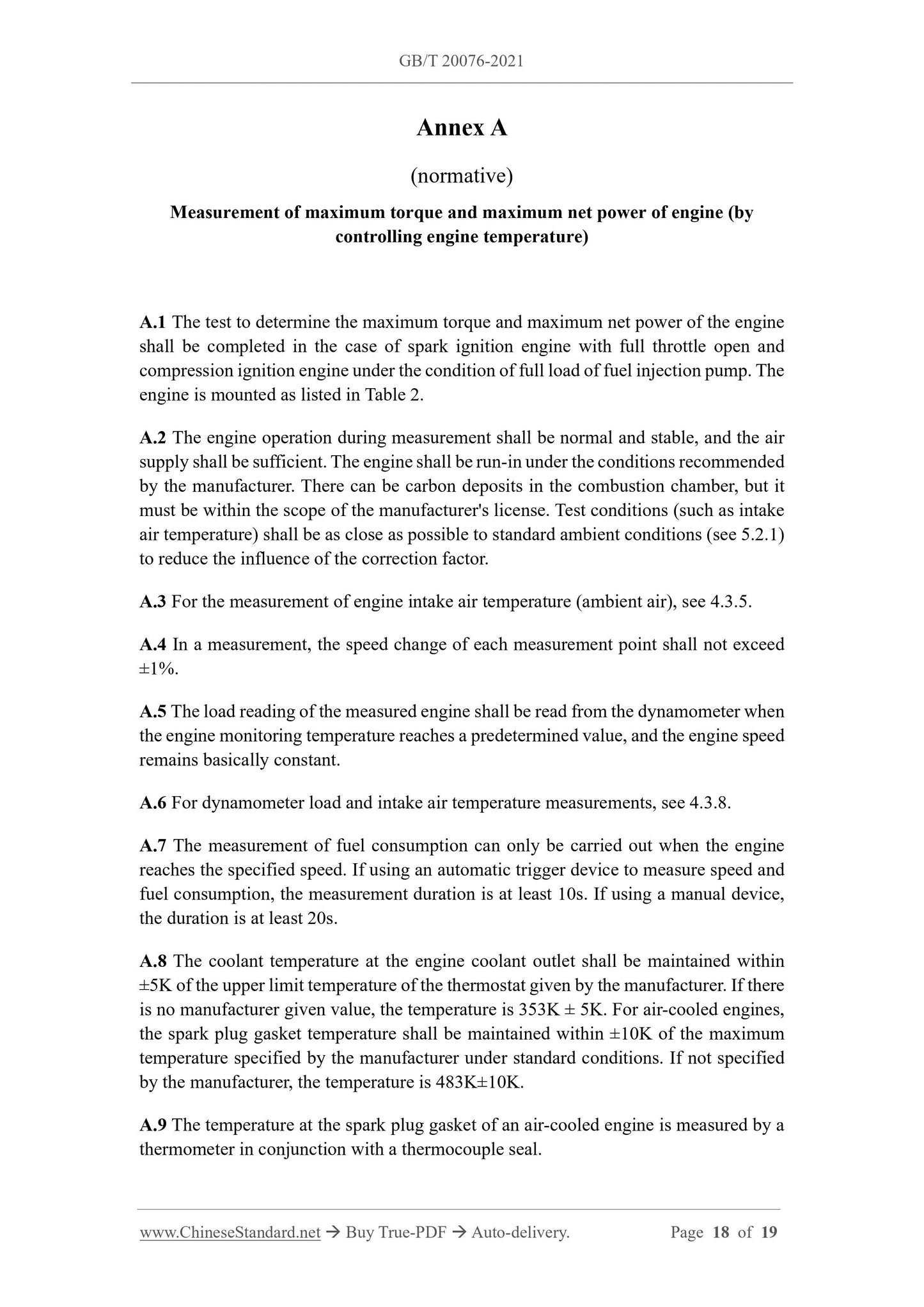1
/
of
8
www.ChineseStandard.us -- Field Test Asia Pte. Ltd.
GB/T 20076-2021 English PDF (GB/T20076-2021)
GB/T 20076-2021 English PDF (GB/T20076-2021)
Regular price
$305.00
Regular price
Sale price
$305.00
Unit price
/
per
Shipping calculated at checkout.
Couldn't load pickup availability
GB/T 20076-2021: Measurement methods of maximum torque and maximum net power of engines for motorcycles and mopeds
Delivery: 9 seconds. Download (and Email) true-PDF + Invoice.Get Quotation: Click GB/T 20076-2021 (Self-service in 1-minute)
Newer / historical versions: GB/T 20076-2021
Preview True-PDF
Scope
This Standard describes the measurement methods of maximum torque and maximumnet power of engines for motorcycles and mopeds.
This Standard is applicable to engines for motorcycles and mopeds (hereinafter referred
to as "engines").
Basic Data
| Standard ID | GB/T 20076-2021 (GB/T20076-2021) |
| Description (Translated English) | Measurement methods of maximum torque and maximum net power of engines for motorcycles and mopeds |
| Sector / Industry | National Standard (Recommended) |
| Classification of Chinese Standard | T81 |
| Word Count Estimation | 14,167 |
| Issuing agency(ies) | State Administration for Market Regulation, China National Standardization Administration |
Share















